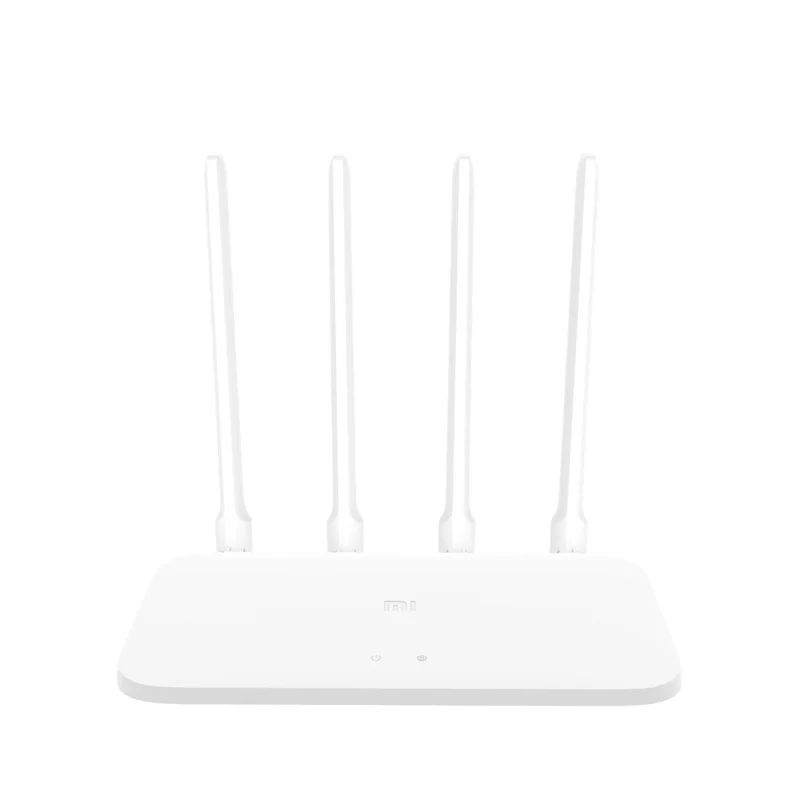

Many of those non-Wi-Fi uses have shifted to other bands or now rely on Wi-Fi.
IS WIFI 802.11 BGN 5G COMPATIBLE FULL
The 2.4GHz band is often given shorter shrift, because it’s crowded full of other so-called unlicensed uses that rely on wireless data-like baby monitors, wireless doorbells, cordless phones, and the like-that don’t play well with high-speed Wi-Fi networks. That might result in more broken eggs, just at these densely packed wireless signals can suffer some loss via error, but you typically wind up with many more eggs. Now, replace the square with a hexagonal grid with less cardboard between each egg. As an analogy, consider egg cartons made up of squares with an inset circle for eggs, arranged in rows and columns. OFDMA (Orthogonal Frequency Division Multiple Access) allows mingling data for different receiving devices across transmissions, like packing a truck full by combining palettes of boxes intended for different recipients.Ĩ02.11ac started down this path, allowing encodings with 33 percent more data than 802.11n 802.11ax bumps that up another 25 percent. An increasing number of people worldwide have 100Mbps to 1Gbps broadband connections, which can be constrained by slower Wi-Fi networks. That’s incredibly helpful if you’re streaming compressed HD and 4K HDR video or transferring multi-gigabyte files around a network. The 802.11ax standard improves performance in both spectrum bands, and will deliver potentially several gigabits per second of throughput to dozens of devices at once on a single channel. These rates were always the maximum possible and included network overhead, so devices saw often 40- to 90-percent less throughput. Way back in 1999, the 802.11a standard for 5GHz and 802.11b for 2.4GHz started the WLAN revolution, offering data rates of 54- and 11Mbps, respectively. In cities and suburbs, dozens to hundreds of networks might also be contending for the same channel in relatively close proximity. Senders and receivers, like a Wi-Fi router and laptop, agree to use the same channel to communicate back and forth, and dozens (or even hundreds) of devices can use the same channel at the same time to relay data via an access point. These bands are further divided into channels that have a set starting and ending frequency. and in most countries, two chunks of frequencies are allotted to uses compatible with Wi-Fi: the 2.4 gigahertz (GHz) band and the 5GHz band. The airwaves are regulated nearly everywhere in the world, and in the U.S. To explain the advantages of 802.11ax, we must drill down briefly to review how Wi-Fi works. But the advantages of being an early adopter might pale in favor of waiting for a fully baked version that’s stable and is supported by the client adapters onboard phones, laptops, and other gear. As a result, some equipment could be on the market as early as June, and more is coming later in the year. The standard hasn’t been completed yet, but manufacturers are jumping the gun as they have with every new flavor of Wi-Fi for more 15 years. Several techniques in 802.11ax will reduce the effects of interference and increase throughput in crowded urban and suburban environments, reducing typical frustrations that are hard to troubleshoot or fix.

802.11ax enables large numbers of clients on a home Wi-Fi network to operate simultaneously without degrading video-streaming and other devices that require lots of bandwidth.Ĭorporations also control the wireless networks in their buildings and throughout their campuses, while home users and small businesses can face several to dozens of networks within radio earshot.


 0 kommentar(er)
0 kommentar(er)
